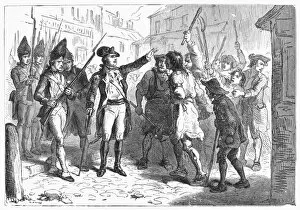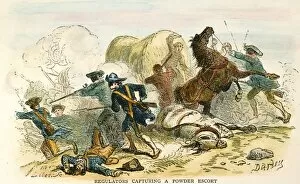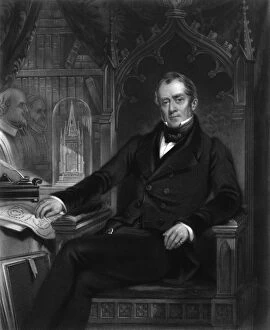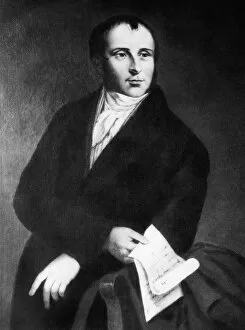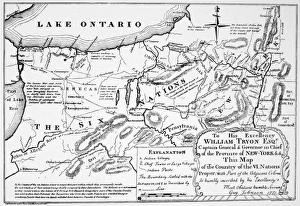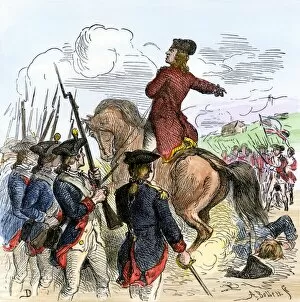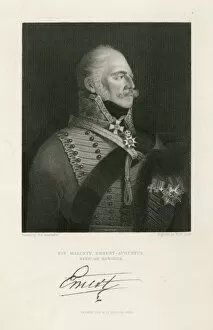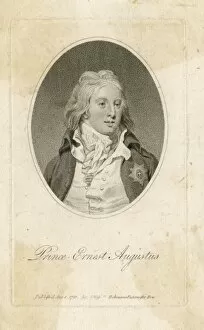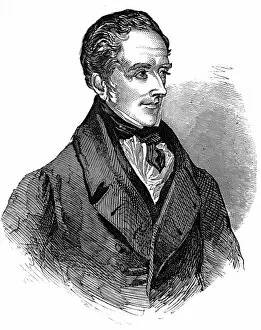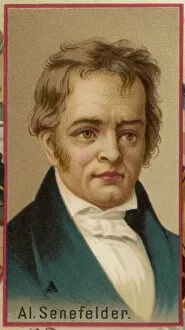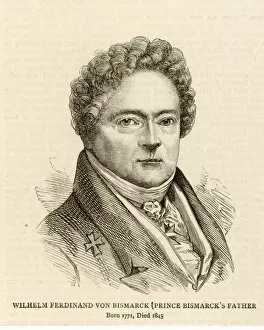1771 Collection (page 11)
In the year 1771, a time of historical significance and cultural exploration, various events unfolded across different parts of the world
All Professionally Made to Order for Quick Shipping
In the year 1771, a time of historical significance and cultural exploration, various events unfolded across different parts of the world. In Newcastle, England, the old bridge stood as a testament to the city's rich history. Meanwhile, in America, Native American tribes had established their locations by 1715, showcasing their deep connection with the land. Back in Newcastle-upon-Tyne in 1771, life buzzed with activity. The bustling town witnessed significant developments and progress under its watchful gaze. Across the Atlantic Ocean, Native American tribes had already settled into their respective territories around 1700; their ancient traditions intertwined harmoniously with nature. Amidst this backdrop of change and discovery emerged NATI2A-00044 - an enigmatic code that perhaps held secrets waiting to be unraveled. Thomas Gray, a renowned writer of his time, penned profound verses that resonated deeply within society. Arkwrights Mill in Derby hummed with industry as it played its part in shaping Britain's industrial revolution. Richard Trevithick's groundbreaking inventions pushed boundaries and paved the way for technological advancements yet to come. Even Norwegian sectarians found solace and refuge during this era of religious fervor. The written word flourished as Gray's poems captured hearts and minds alike while Mansion House stood tall amidst London's ever-evolving skyline in 1771 - a symbol of opulence and grandeur. John Gill emerged as an influential figure within the church community during this period; his teachings guiding many on their spiritual journeys. As we reflect upon these diverse threads woven together throughout 1771, we catch glimpses into an era teeming with innovation, exploration, artistic expression, and societal transformation - all contributing to our collective human tapestry.



